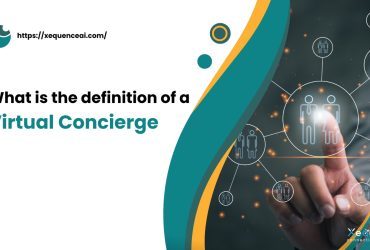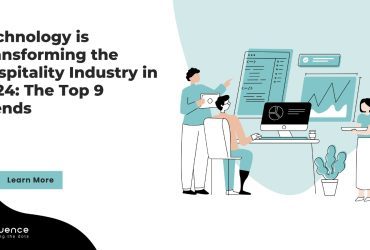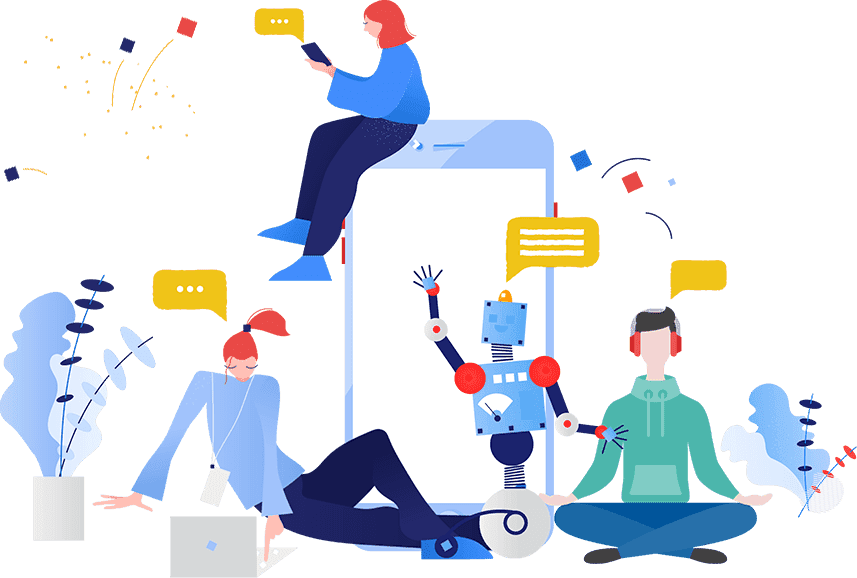Tips to improve guest retention in your hotel
Top Tips to Improve Guest Retention and Boost Repeat Visits At your hotel, do you want to see more return business? As a key performance indicator for hotels, customer retention is one of the most important measures. Returned and frequent visitors are more likely to be satisfied. As one of the most costly fixed costs…
Reasons why your hotel must embrace chat
Top Reasons Why Your Hotel Must Embrace Chat Technology The fast changing digital landscape of today has seen chatbots emerge as a game-changer in the hospitality sector. The way that hotels engage with their customers is being completely transformed by these AI-powered virtual assistants, which are also increasing revenue and customer service. Along with discussing…
Does Social Media Improve Customer Care? | Benefits and Insights
Does social media help improve customer care? By providing assistance via social media platforms like Facebook and Twitter, social media customer service operates. Companies are able to immediately respond to inquiries and meet customers where they are. Prompt problem solving is the most crucial aspect of excellent assistance. More than just venues for business and…
Hotel Guest Satisfaction: Must-Ask Survey Questions
Essential Hotel Guest Satisfaction Survey Questions to Ask In hospitality industry, there is nothing greater value than customer ratings and reviews. All tourists equate a hotel’s standing with the number of stars it has received. Actually, a survey by a major hospitality association indicates that a great percentage of tourists look up hotel evaluations before…
Quickly Boost Your Hotel’s Customer Care
Why is guest satisfaction so important in hospitality? Every single player in the hotel industryneed to pay attention to or satisfy their customers.The secret to your hotel’s success is definitely customer pleasure. A focus on visitor demands is essential to success in the increasingly competitive hospitality industry, even with the greatest facilities and services.As we…
What is the definition of a virtual concierge?
A new generation of customers demands efficiency and personalization in their interactions. Accustomed to instant online transactions, they expect the same when visiting businesses—no waiting on hold or standing in line. They seek excellent service and anticipate personalized experiences, like a room with an ocean view or a meal prepared just right, often wanting businesses…
The Complete Guide to Hotel Marketing in 2024: Strategies for Growth
Hotel employs various methods, strategy and tools to increase visibility. We called it as Hotel Marketing. It is directly related to the income generation of the hotel. Digital media marketing and modern technology are also important for increasing brand recognition and hotel revenue. Hotel businesses need to adapt to the always changing digital landscape as…
Technology is Transforming the Hospitality Industry in 2024: The Top 9 Trends
Technology advancements are causing a significant upheaval in the hotel sector in 2024. Every element of visitor experiences, operational effectiveness, and business strategy are changing as a result of these developments. The field is changing quickly, with blockchain improving security and sustainability, AI-powered personalization and augmented reality for immersive guest experiences among other developments. Additional…
6 Strategies for Improving Guest Retention and Building Loyalty
Gaining new consumer is expensive; keeping existing ones is less expensive Custom attrition plays a crucial role in any business. Businesses may maximize profitability, minimize customer attrition, and stabilize income streams by making sure customers continue to choose their goods or services. Understanding client demands, offering top-notch service, facilitating individualized interactions, and making constant improvements…
2024 Travel Agent Insights: Navigating the Digital Landscape
Digital technology is driving the evolution of travel industry The rapidly growing field of digital technology is driving the evolution of travel industry. With the ever-changing requirements of travelers, travel agencies to be up to date on these digital developments. The landscape is changing due to major trends like eco-friendly travel technologies, seamless mobile integration,…













